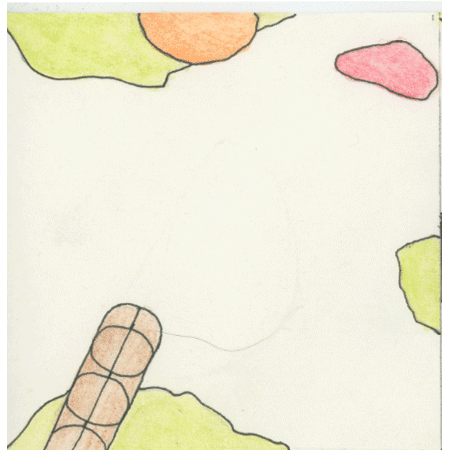Welcome

Zoetrope strip animation of a copepod
The Visualizing Microbial Seascapes Monograph Project, a culminating assignment for introductory animation and marine biology students, compiles first hand observations, research, drawings and animations of various microbial marine species, most of which can be found close to us here in Olympia, Washington, in the waters of southern Puget Sound.

Zoetrope strip animation of Protoperidinium
As with the Fall Quarter VMS Monograph Project, the goals of this assignment were for students to integrate their learning about marine micro-organisms with observational and representational skills they developed in writing, drawing and animation. The project also provided opportunities for students to share their learning with classmates and others in the broader community and gain skills in collaboration and using digital tools to present creative and scientific work. Students collaborated on different ways to categorize their organisms according to ecological and symbolic relationships that you will find in the menu headings. We invite you to explore this site and learn about the remarkable diversity of marine microbial life and the ecological interactions among these organisms that our students have examined.

Zoetrope strip animation of Aurelia aurita
Visualizing Microbial Seascapes: An Introduction to Animation and Marine Biology was a spring quarter 2016 Evergreen program that examined marine environments and life from the perspectives of science and the visual and media arts, emphasizing animation. Marine life constitutes a majority of the biomass and diversity of life, and marine microorganisms play major, complex roles in global ecological processes. We focused on these relationships and how human activity affects them.

Zoetrope strip animation of a ciliate
In the past century, humans have severely impacted Earth’s ecosystems, degrading habitats and over-exploiting natural resources. Some scientists have termed this period of human influence the Anthropocene. In the program we explored ways that science and art can increase understanding of natural phenomena and human impacts on them, and contribute to solving environmental problems such as those that have caused the Anthropocene. We studied how artists and marine scientists use close observation, analysis, and integrative thinking to communicate important concepts and values. We experimented with ways to represent the movements, behaviors, and functions of microorganisms, as well as the larger structures of marine environments.

Zoetrope strip animation of a barnacle
Artists routinely base their works on scientific findings; students practiced such research-based creative strategies to respond to and represent marine phenomena in their drawings and animation.
Faculty: Gerardo Chin-Leo, PhD and Ruth Hayes, MFA
